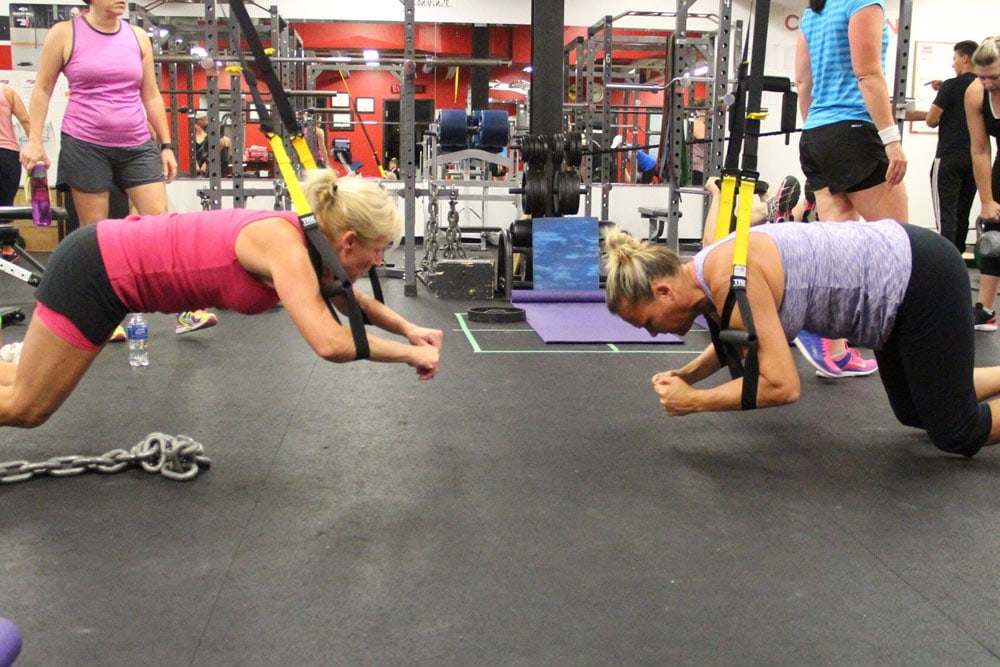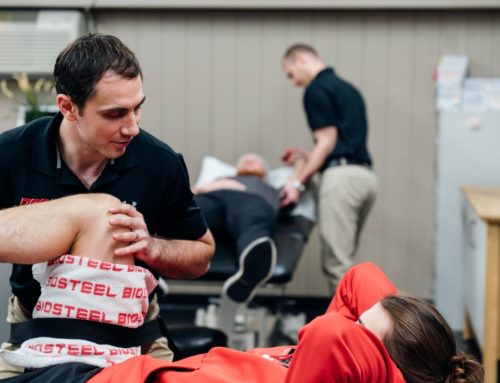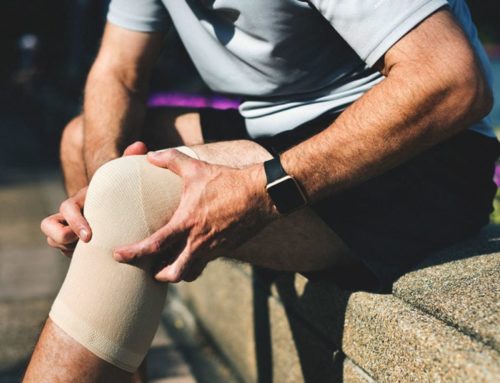Are you going the gym and constantly injuring your back? Still “building your core” the same way, but it’s not helping with your back? Perhaps you aren’t challenging your core properly…
Before getting too far ahead. Make sure you consult with a registered physiotherapist or chiropractor to ensure these exercises are safe for you. After an injury, exercises should progressively increase in difficulty to allow your body to accommodate to the new loads and stresses.
What is core stability?
Without muscles and soft tissue, the lumbar spine collapses easily. To allow movement, carry loads, and protect the spinal cord and nerve roots “stability” is required. Stability is provided in a co-ordinated manner by the active (eg. muscles), passive (eg. lumbar spine) and control (eg. neurological) systems (1).
Training the local muscles (developed by physiotherapists and chiropractors) is a complex skill for an individual that requires precise and rigorous assessment, exercise instruction, and feedback. Training the superficial muscles can be equally complex and is undertaken by a range of health and sporting professionals with a large variety approaches. An alternative term to “core stability” is “motor control” that reflects concepts around lumbar stability in a more holistic approach including: the brain, sensory inputs, motor outputs, mechanical properties of muscles/joints, what is normal/abnormal and what may be adaptive/maladaptive (2, 3).
There is no single muscle or single exercise for low back problems. Exercise prescription should be a key component of the rehabilitation process and motor re-training. As low back pain decreases and re-training becomes the goal in your rehabilitation journey, make sure you progress to more global and functional exercises. Here is an example of a great program for you to try at the gym…
Again, make sure you consult with a registered physiotherapist or chiropractor to ensure these exercises are safe for you if you have been receiving treatment for your low back. If you are just looking for a challenge to mix up your routine, give it a go!
These are just a couple of examples of exercises that can help you build a bulletproof back and core. To ensure your body can tolerate load and stress, make sure it can function in a variety of different positions.
Written by: Mike Laidley, Registered Physiotherapist, Director of Sports Rehab
References:
- Willson J.D., Dougherty P., Ireland M.L. and Mcclay Davis I., Core stability and its relationship to lower extremity function and injury, American academy of orthopaedic surgeons, 2005.
- Panjabi M.M. The stabilizing system of the spine. Part II. Neutral zone and stability hypothesis. Journal of Spinal Disorders. 1992; 230; 20-4.
- https://www.physio-pedia.com/Core_stability






